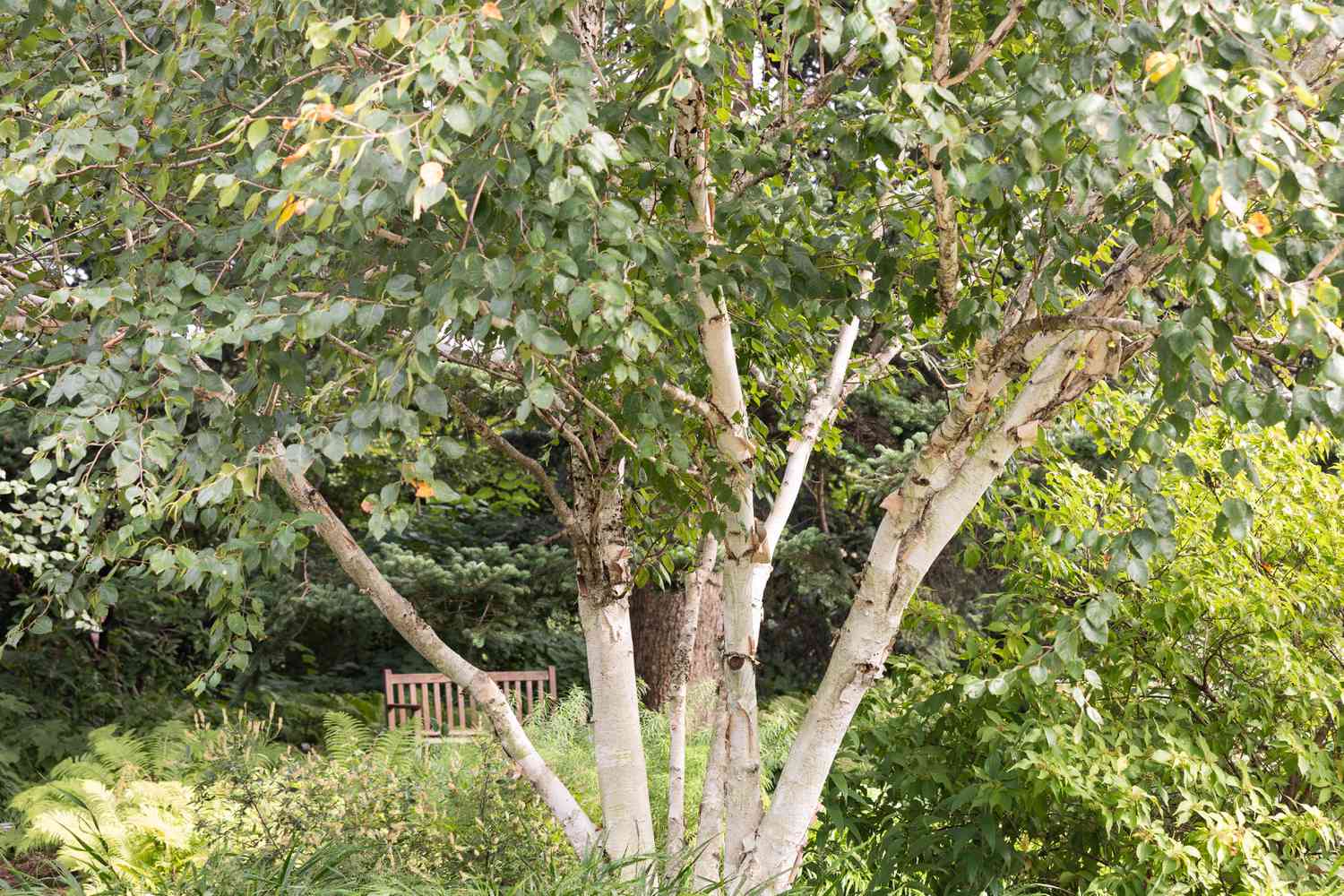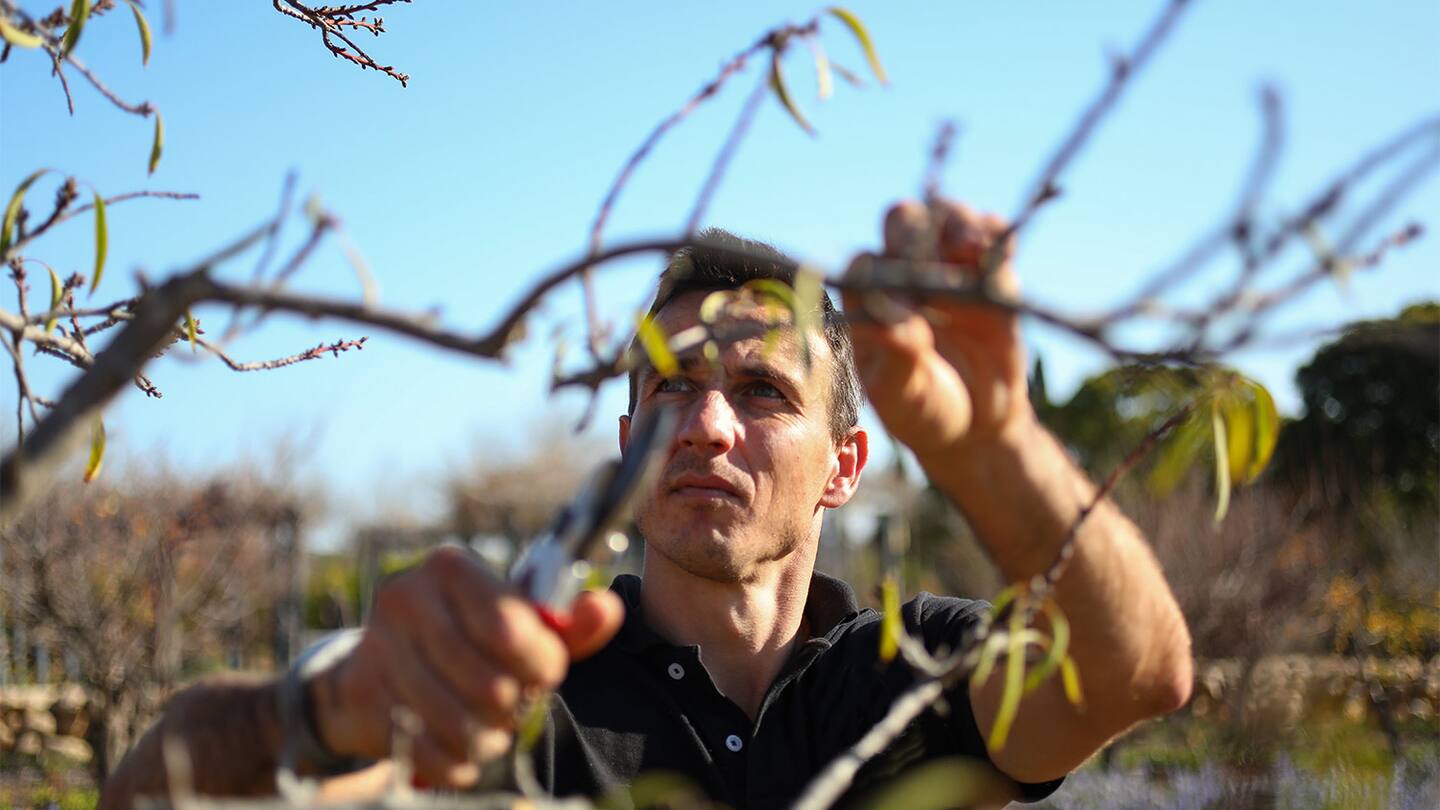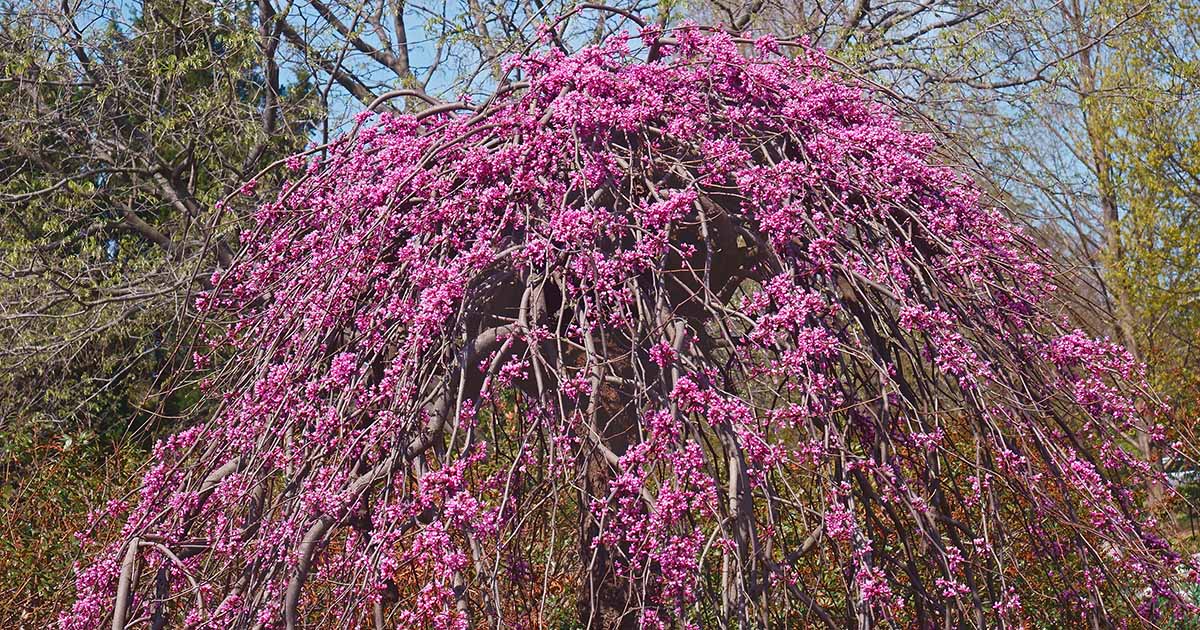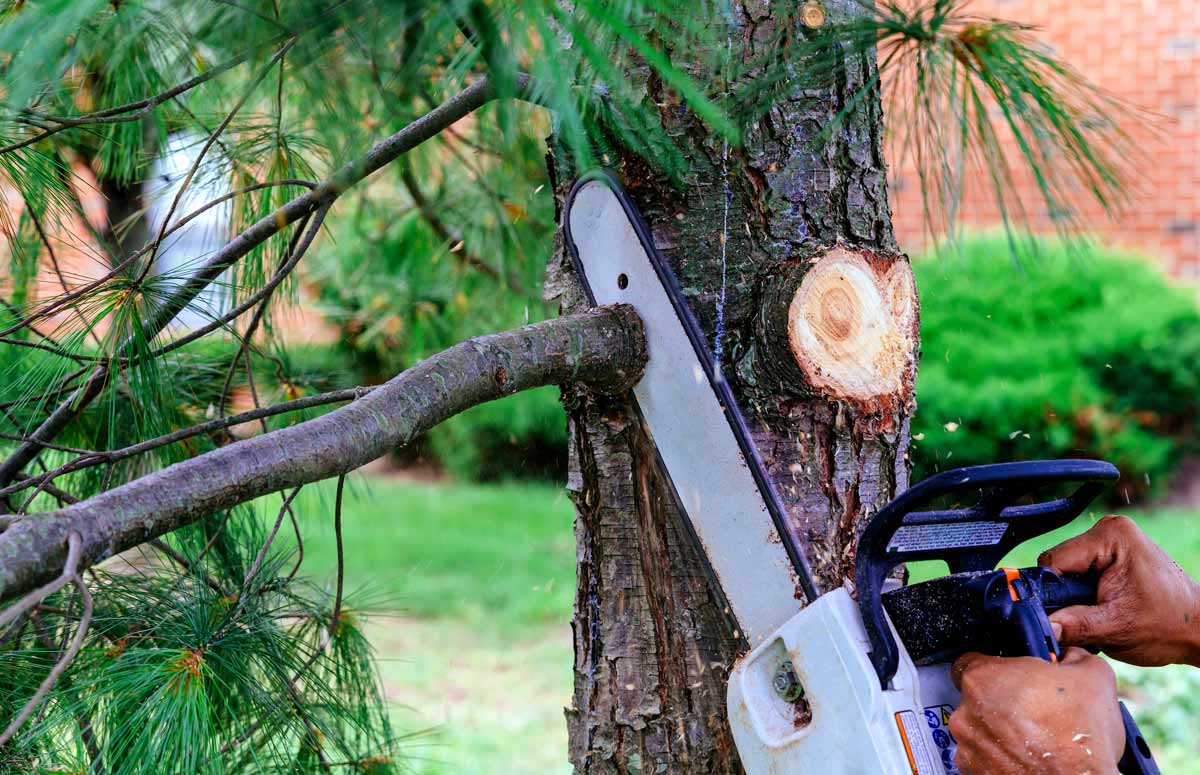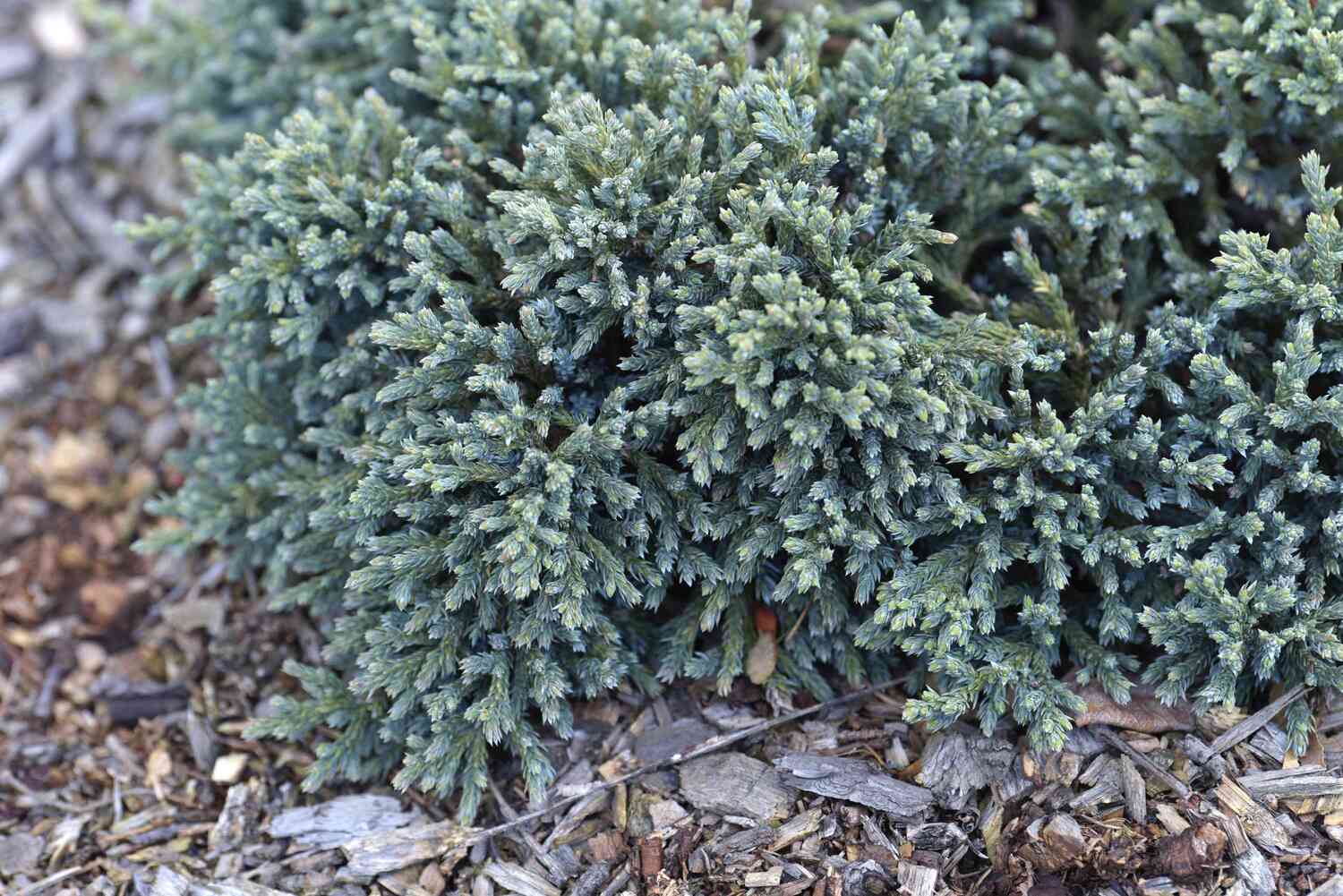Home>Types of Gardening>Ornamental Gardening>When To Trim Irises After Blooming


Ornamental Gardening
When To Trim Irises After Blooming
Modified: January 22, 2024
Discover when to trim irises after blooming and get expert tips on ornamental gardening to enhance the beauty of your garden.
(Many of the links in this article redirect to a specific reviewed product. Your purchase of these products through affiliate links helps to generate commission for Chicagolandgardening.com, at no extra cost. Learn more)
Table of Contents
Introduction
Welcome to the world of ornamental gardening, where beauty and creativity come together to create stunning outdoor spaces. One aspect of ornamental gardening that often takes center stage is the art of trimming and maintaining irises after they bloom. Irises are revered for their vibrant colors, elegant blooms, and graceful foliage, making them a popular choice among garden enthusiasts.
Trimming irises after blooming is an essential task that helps promote the health and longevity of these stunning plants. By removing old blooms, dead leaves, and trimming back the foliage, gardeners can ensure the irises remain healthy and ready to bloom again in the following season.
However, knowing when and how to trim irises is crucial to achieve the best results. Different factors, such as the specific iris variety and the climate in which they are grown, can impact the ideal timing for trimming. It’s important to consider these factors to ensure you provide proper care for your irises and encourage optimal growth.
This article will guide you through the various factors you need to consider before trimming your irises, the ideal timing for trimming, the techniques to follow, and the precautions to take. By understanding the process of trimming irises, you can maintain a thriving garden and enjoy the beauty of these exquisite flowers year after year.
Factors to Consider
When it comes to trimming irises after blooming, several factors should be taken into consideration to ensure the health and vitality of your plants. By understanding these factors, you can make informed decisions about when and how to trim your irises.
1. Iris Variety: Different iris varieties may have distinct growth patterns and blooming durations. Some irises bloom early in the season, while others bloom later. Understanding the blooming cycle of your specific iris variety is essential as it will determine when it is appropriate to trim them after flowering.
2. Climate: The climate in which your irises are grown can also affect the optimal timing for trimming. In regions with moderate climates, where the winters are not too harsh, irises can be trimmed earlier compared to areas with colder climates. Frost can damage freshly trimmed irises, so it is crucial to consider the climate and adjust your pruning schedule accordingly.
3. Growth Stage: Another significant factor to consider is the growth stage of your irises. Ideally, wait until the flowering has finished and the plant has had a chance to put energy back into the rhizome. This allows the plant to store nutrients and energy for the next blooming cycle. Trimming too early can weaken the plant and affect its ability to produce healthy blooms in the future.
4. Overall Health: Assessing the overall health of your irises is crucial before proceeding with trimming. Inspect the plants for any signs of disease or pest infestation. If you notice any issues, it is essential to address them before trimming to prevent further damage.
5. Garden Appearance: Consider the aesthetic appeal of your garden when deciding when to trim irises. Some gardeners prefer to leave the spent blooms on the plant for a while to enjoy their fading beauty. Others may choose to remove them promptly to maintain a tidy and well-groomed garden. Balancing personal preference with the needs of the plant is key.
By taking these factors into account, you can determine the most suitable timing for trimming your irises and create a harmonious and healthy garden environment.
Timing for Trimming Irises
Timing is crucial when it comes to trimming irises after they have bloomed. Trimming at the right time ensures that the plants have enough time to recover and prepare for their next blooming cycle. The specific timing can vary depending on the factors discussed earlier, such as the iris variety and climate. Here are some general guidelines to help you determine the ideal time for trimming your irises:
1. After Blooming: Wait until the iris flowers have completely finished blooming before you start trimming. This allows the plant to divert its energy back into the rhizome, developing strong roots and storing nutrients for the next season’s blooms. Trimming too soon can disrupt this process and weaken the plant.
2. Late Spring to Early Summer: In most regions, late spring to early summer is an ideal time for trimming irises. By this time, the flowering has typically ceased, and the foliage has started to mature. Trimming during this period allows the plant to continue photosynthesizing and building energy reserves for the next blooming cycle.
3. Cooler Climate Considerations: If you live in a cooler climate where the winters are harsh, it is advisable to wait until late summer or early autumn to trim your irises. This delayed trimming will provide the plants with extra protection during the winter months by leaving the foliage intact. Once autumn arrives, and the temperatures drop, you can trim the foliage to a suitable height.
4. Deadheading: Deadheading refers to the removal of spent blooms. You can practice deadheading during the blooming season to promote continuous blooming and prevent the plant from putting energy into seed production. However, be cautious not to trim the stem too close to the rhizome, as this may damage the plant.
5. Additional Trimming: If you notice any damaged, diseased, or unsightly foliage during the growing season, feel free to trim it as needed. Removing damaged leaves or stems can improve the overall appearance of the plant and prevent the spread of diseases.
It’s important to remember that these timing guidelines are general and may vary depending on your specific iris variety and climate. Observing the growth patterns and health of your irises will give you valuable cues regarding the best time to proceed with trimming.
Trimming Techniques
Proper trimming techniques are essential to ensure the health and appearance of your irises. Here are some recommended techniques to follow when trimming your irises after blooming:
1. Removing Spent Blooms: Begin by carefully removing the spent blooms, a process known as deadheading. Use clean and sharp pruners or scissors to make clean cuts just below the base of the flower stalk. This not only improves the appearance of the plant but also prevents energy waste on seed production.
2. Trimming Foliage: After the blooming season is over, you can proceed with trimming the foliage of your irises. Trim the leaves down to a height of around 6 to 8 inches from the ground. Make sure to remove any yellowing or damaged leaves, as they can attract pests or harbor disease.
3. Cutting at an Angle: When trimming the foliage, cut at an angle to prevent water from pooling on the cut surface, which can lead to disease or rot. Aim for a clean cut, ensuring that no jagged edges remain. This promotes faster healing and reduces the risk of infections.
4. Sterilizing Tools: Before and after each use, it is important to sterilize your pruning tools to prevent the spread of diseases. You can disinfect your tools by wiping them with rubbing alcohol or soaking them in a solution of one-part bleach to nine parts water. Allow them to dry completely before using them on your iris plants.
5. Cleaning up: After you have finished trimming, be sure to clean up any debris, such as cut leaves or flowers, from around the base of the plants. This helps maintain a clean and tidy garden environment and reduces the risk of attracting pests or diseases.
Remember to always assess the overall health of your irises before trimming. If you observe any signs of disease or pest infestation, take the necessary steps to address the issues before proceeding with trimming. This will help protect the health of your irises and ensure their continued beauty for years to come.
Precautions to Take
While trimming irises after blooming can be a beneficial practice, it is important to take certain precautions to ensure the health and well-being of your plants. Here are some key precautions to keep in mind:
1. Timing: As mentioned earlier, timing is crucial when it comes to trimming irises. Avoid trimming too early in the blooming season, as this can disrupt the plant’s growth and energy storage process. Trimming too late into the season can also impact the growth of next year’s blooms. Be mindful of the specific blooming cycle and climate in your region.
2. Sterilize Tools: Before using any pruning tools on your irises, make sure they are properly cleaned and sterilized. This helps prevent the spread of diseases and reduces the risk of introducing pathogens to the plants. Clean the tools with rubbing alcohol or a diluted bleach solution, and allow them to dry before use.
3. Avoid Over-Trimming: While it is important to remove spent blooms and trim the foliage, it is crucial to avoid over-trimming. Ensure that you leave enough green foliage on the plant to continue photosynthesis and store energy. Over-trimming can weaken the plant and affect its ability to produce healthy blooms in the future.
4. Prevent Damage to Rhizomes: When trimming the foliage, be cautious not to damage the rhizomes of your irises. The rhizomes serve as the storage organs and are essential for the plant’s growth and blooming. Accidental cuts or injuries to the rhizomes can hinder their ability to store nutrients and impact the overall health of the plant.
5. Dispose of Debris Properly: After trimming, make sure to properly dispose of any debris, including spent blooms, leaves, and stems. Leaving debris around the plant can attract pests and promote the spread of diseases. Bag the trimmings and dispose of them in your garden waste or compost pile, following local regulations.
6. Monitor for Pests and Diseases: Regularly inspect your irises for signs of pests or diseases. Look for discoloration, spots, wilting, or any unusual growth patterns. Taking prompt action if any issues are detected can help prevent the spread and minimize damage to your plants.
By following these precautions, you can ensure that the trimming process is carried out in a way that enhances the health and beauty of your irises without causing harm. Take the time to practice proper techniques and remain vigilant in caring for your plants.
Benefits of Trimming Irises
Trimming irises after blooming offers several benefits that contribute to the overall health and beauty of these stunning plants. Here are some of the key benefits of regular pruning:
1. Encourages Reblooming: Trimming irises helps redirect the plant’s energy towards its rhizome, allowing it to store nutrients and prepare for the next blooming season. By removing spent blooms and trimming back foliage, you encourage the formation of new blooms and promote reblooming in the following year.
2. Prevents Disease and Pest Infestation: Regularly trimming irises helps prevent the spread of diseases and pests. By removing dead or decaying foliage, you eliminate potential breeding grounds for fungi, bacteria, and insects. This reduces the risk of diseases such as iris borer and fungal infections, keeping your irises healthy and vibrant.
3. Improves Aesthetic Appeal: Trimming irises enhances the overall appearance of your garden. By removing spent blooms, your irises will maintain a neat and tidy appearance. Additionally, trimming back foliage can create a more uniform and well-manicured look, showcasing the beautiful flowers to their fullest potential.
4. Promotes Air Circulation: Properly trimming irises allows for better air circulation around the plant. This prevents the buildup of excess moisture, which can lead to fungal diseases. Improved air circulation also helps reduce the risk of foliar diseases, keeping your irises healthy and resilient.
5. Enhances Vigor and Growth: Trimming irises after blooming stimulates new growth and promotes overall plant vigor. Removing spent blooms and trimming back foliage helps redirect energy to important growth processes, such as rhizome development and root growth. This results in stronger and healthier plants, leading to more abundant blooms in future seasons.
6. Maintains Garden Sustainability: Trimming irises contributes to the long-term sustainability of your garden. By regularly removing spent blooms and maintaining healthy foliage, you extend the lifespan of your irises. This allows you to enjoy their beauty year after year without the need for frequent replanting or rejuvenation.
These benefits highlight the importance of incorporating trimming as a regular practice in the care and maintenance of irises. By investing time and effort into proper pruning techniques, you can ensure the longevity and visual appeal of these remarkable plants.
Conclusion
Trimming irises after blooming is a crucial aspect of ornamental gardening that promotes the health, beauty, and longevity of these remarkable plants. By understanding the factors to consider, such as iris variety and climate, you can determine the ideal timing for trimming. Following proper trimming techniques, such as deadheading spent blooms and trimming foliage, ensures optimal growth and reblooming potential.
However, it is important to exercise precautions when trimming irises. Taking care to sterilize tools, avoid over-trimming, and dispose of debris properly can prevent the spread of diseases and promote the well-being of your plants. Regular monitoring for pests and diseases allows for prompt action and the maintenance of a healthy garden environment.
The benefits of trimming irises are numerous. Encouraging reblooming, preventing disease and pest infestation, improving aesthetic appeal, promoting air circulation, enhancing plant vigor, and maintaining garden sustainability are just a few of the advantages gained from proper pruning practices.
By incorporating trimming as a regular practice in your ornamental gardening routine, you can enjoy the beauty and vibrancy of your irises for years to come. So grab your pruning tools, put on your gardening gloves, and get ready to trim your irises to perfection, ensuring a flourishing garden filled with the splendor of these captivating flowers.
